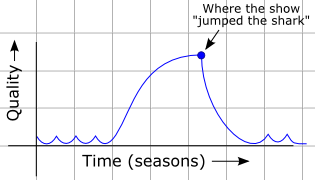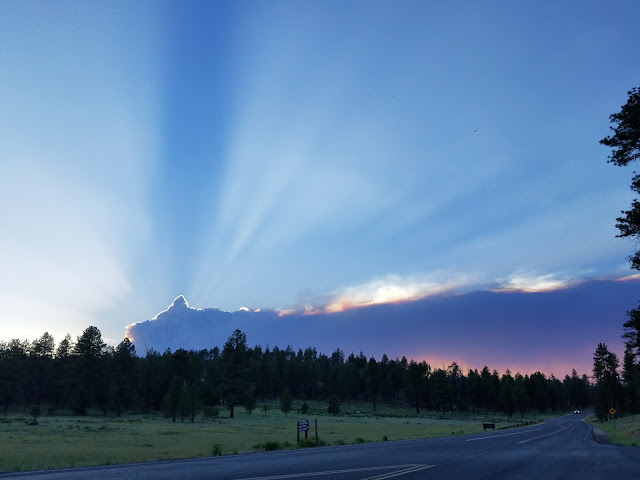Some people claim the speed of light is not constant in the absolute sense, so physicists fixed the speed of light by definition. This was called "intellectual phase locking" as explained here.
No surprise, there is a contrary view that the earlier, different measurements were erroneous.
Regardless of which side is correct about the speed of light, the phrase "intellectual phase locking" can extend beyond the consensus about the speed of light.
Obviously, on this blog I'm referring to the Mesoamerican theory of Book of Mormon geography. A critical mass of LDS intellectuals (scholars and educators) have reached a "majority consensus" of opinion that the Book of Mormon took place in Central America (specifically, Mesoamerica).
It's not difficult to trace the history of Mesomania intellectual phase locking. I've already done that.
 Once established, the phase locking continues through the educational process. Pretty much every student who has gone through BYU or any CES program in the last few decades--I speak from personal experience--has been locked into the same intellectual phase regarding the Mesoamerican/two-Cumorahs theory.
Once established, the phase locking continues through the educational process. Pretty much every student who has gone through BYU or any CES program in the last few decades--I speak from personal experience--has been locked into the same intellectual phase regarding the Mesoamerican/two-Cumorahs theory.
It is currently being perpetrated at BYU where students are required to study the Book of Mormon by referring to an "abstract map" that places Cumorah in a mythical location on a mythical map, akin to a Hobbit's map of Middle Earth.
This is supposed to replace the previous "intellectual phase locking" that focused on Mesoamerica, specifically the Sorenson map (which is still found on the splash page of BYU Studies.)
Of course, it's merely an iteration of the two-Cumorahs, Mesoamerican theory, rotated 90 degrees. That's exactly what you'd expect when the creators adopted the Mesomania interpretations of the text.
Which would be funny if it wasn't being established as the "official" or at least "officially approved" version of Book of Mormon geography.
Unless something changes, quickly, the process of intellectual phase locking will establish this map as the de facto Book of Mormon geography that LDS people everywhere will learn.
IOW, LDS students will be taught that the Book of Mormon took place in a fantasy, video-game-like world.
How effective do you think that will be?
No surprise, there is a contrary view that the earlier, different measurements were erroneous.
Regardless of which side is correct about the speed of light, the phrase "intellectual phase locking" can extend beyond the consensus about the speed of light.
Obviously, on this blog I'm referring to the Mesoamerican theory of Book of Mormon geography. A critical mass of LDS intellectuals (scholars and educators) have reached a "majority consensus" of opinion that the Book of Mormon took place in Central America (specifically, Mesoamerica).
It's not difficult to trace the history of Mesomania intellectual phase locking. I've already done that.
 Once established, the phase locking continues through the educational process. Pretty much every student who has gone through BYU or any CES program in the last few decades--I speak from personal experience--has been locked into the same intellectual phase regarding the Mesoamerican/two-Cumorahs theory.
Once established, the phase locking continues through the educational process. Pretty much every student who has gone through BYU or any CES program in the last few decades--I speak from personal experience--has been locked into the same intellectual phase regarding the Mesoamerican/two-Cumorahs theory.It is currently being perpetrated at BYU where students are required to study the Book of Mormon by referring to an "abstract map" that places Cumorah in a mythical location on a mythical map, akin to a Hobbit's map of Middle Earth.
This is supposed to replace the previous "intellectual phase locking" that focused on Mesoamerica, specifically the Sorenson map (which is still found on the splash page of BYU Studies.)
Of course, it's merely an iteration of the two-Cumorahs, Mesoamerican theory, rotated 90 degrees. That's exactly what you'd expect when the creators adopted the Mesomania interpretations of the text.
Which would be funny if it wasn't being established as the "official" or at least "officially approved" version of Book of Mormon geography.
Unless something changes, quickly, the process of intellectual phase locking will establish this map as the de facto Book of Mormon geography that LDS people everywhere will learn.
IOW, LDS students will be taught that the Book of Mormon took place in a fantasy, video-game-like world.
How effective do you think that will be?






